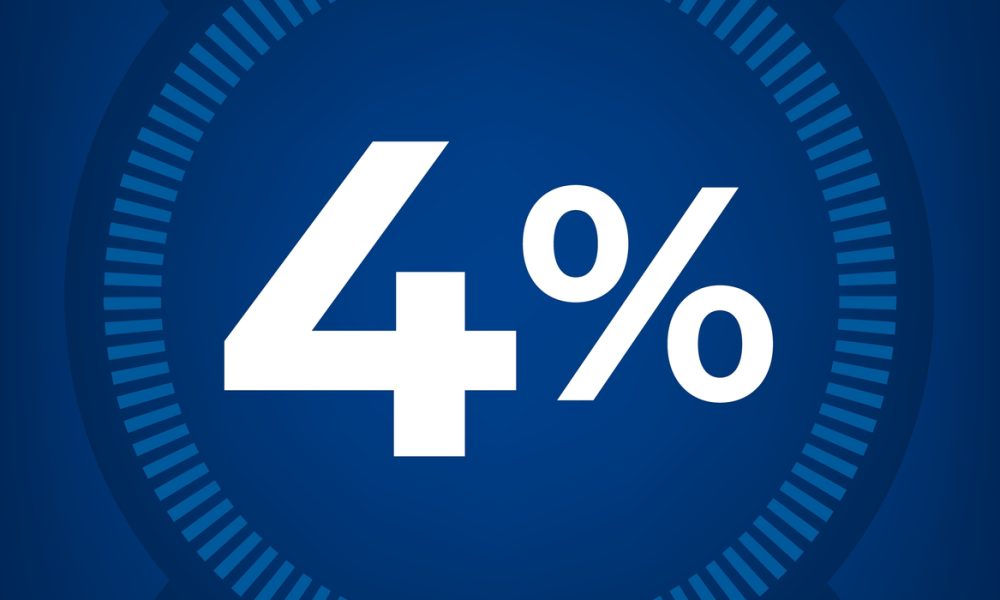
Real-time payment usage varies drastically among firms of different sizes, according to “Accelerating the Time to Realized Revenue,” a PYMNTS and Mastercard collaboration based on a survey of 400 corporate executives.
Large-market U.S. firms (those that generate more than $1 billion in annual revenue) use real-time payments to make and receive twice as many business-to-business (B2B) payments as mid-market U.S. firms (which generate between $20 million and $1 billion).
On average, large-market businesses use real-time payments in about 8% of the payments received and 9% of the payments made.
By contrast, the average mid-market firm receives 4% and makes 4% of its payments via real-time payment rails.

Firms of different sizes get the same benefits from using real-time payments, though the percentages of the firms citing those benefits vary.
Both say the ability to send and receive 24/7 year-round is the top benefit they expect or experience as a result of adopting real-time payments, with 24% of large-market U.S. firms and 42% of mid-market U.S. firms saying so.
The second most cited benefit is instant deposits, which is named by 22% of large-market firms and 14% of mid-market firms.
The third-ranked benefit among companies of both sizes is more flexibility, with 16% of large-market firms and 9% of mid-market firms saying that’s a benefit of adopting real-time payments.

On average, the most common pain points firms expect or experience when using real-time payments are irrevocable funds, current system cannot accommodate and the cost to support or integrate is a problem. These were cited by 59%, 46% and 35%, respectively, of the firms that were surveyed.

With large-market firms making and receiving nearly twice as many real-time payments as mid-market firms, they may benefit from the advantages of real-time payments to a much larger degree than smaller firms. This could put mid-market firms at a competitive disadvantage.





























